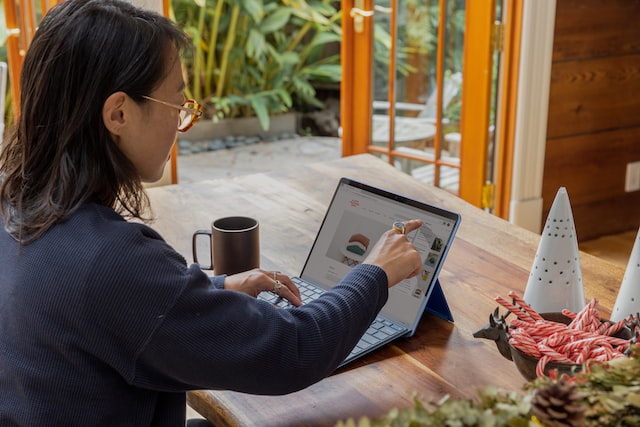Public relations, also known as press outreach, is the process of ‘pitching’ information about your product or service to journalists, bloggers, and influencers.
Many people avoid using PR when planning their marketing campaign strategy, but working with press and influencers can be extremely beneficial in achieving your objectives.
Effective public relations will aid your marketing campaign in the following ways:
- be distributed to a much larger audience
- Add the credibility of a well-known brand to your company.
- Recruit brand ambassadors to help your company grow.
Having someone else share information about your products or services with the appropriate audience can mean the difference between a successful and unsuccessful marketing campaign. What this does not imply is that you should go into your influencer strategy blindly, emailing every journalist and blogger you can find. A public relations strategy should be measured, strategic, targeted, and creative.
So, to begin, consider the various types of promotion available to you and how you should approach them:
Traditional Media
This includes national and local newspapers, websites, radio and television stations, and so on.
When deciding on a strategy, keep the size and nature of your marketing campaign in mind. Because national publications are swamped with press releases, it may be best to approach local publications with slightly more flexible news agendas if you’re running a smaller campaign.
How should you approach the press in order to get coverage?
A press release is the traditional method of approaching journalists. This press release would include:
- Tell your product or service’s story.
- Concentrate on its unique selling point (USP)
- Provide information about the campaign.
A journalist could then take this and repurpose it for inclusion in their publication. Although this is still a perfectly valid approach, journalists receive hundreds of press releases each week, so a more targeted approach is strongly advised. Consider yourself: would you pay attention to a template email that had clearly been sent to hundreds of people?
Finding the name and email address of an appropriate journalist in your field (e.g., tech/culture/arts) is a more direct way of sending a press release, and tweeting them can often be more effective than an email lost in a crowded inbox!
You should personalise your approach. Look for people who have previously covered your specific area. Perhaps they’ve even covered similar offerings and marketing campaigns? Being as specific as possible to the people you want to reach will allow you to make your pitch as relevant as possible. The same logic applies when asking influencers and ambassadors to promote your campaign.
Ambassadors and Influencers
The first step is to figure out who these people are in your area. Search your social media channels, relevant publications, and channels for people in your industry and contact them directly, or use tools like Buzzsumo, a research and monitoring tool, to identify the right influencers for your marketing campaign. According to Buzzsumo, many of the writers listed on their platform receive up to 100 pitches per day, so make yours more likely to be read by approaching only influencers who you believe would be genuinely interested in your project.
Influencers are another type of public relations. These are individuals who have their own community/following and can be used to raise awareness of your campaign. They could be bloggers, vloggers, public or industry figures, or simply people you know who have a large following.
When should you approach the press/bloggers?
Building relationships with press and influencers ahead of time will be extremely helpful in gaining coverage for your marketing campaign. Engage them in Twitter conversations, send them emails about their projects, and attend industry events. Anything you can do to begin building a network of people in relevant communities will help you launch your campaign.
Many business owners will only consider approaching the press and influencers after their campaign has already started. It’s too late. Ideally, you should begin approaching influencers at least a few weeks before your campaign begins, giving them enough time to finalise the campaign’s details and plan their approach.
Putting together a media kit
A media kit is typically a link or downloadable file on your website containing all the files required to create and share content about your campaign. When doing influencer and press outreach, this can be extremely beneficial.
Your media kit should include: high-quality images of your logo, team members, and offering.
A description of your company and what you do, as well as any campaign-specific details and case studies, if available.
Any CTAs you want to include. Links to your website, landing page, app, or mailing list, for example.






